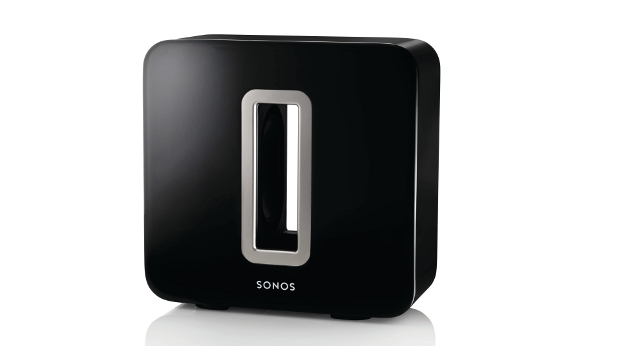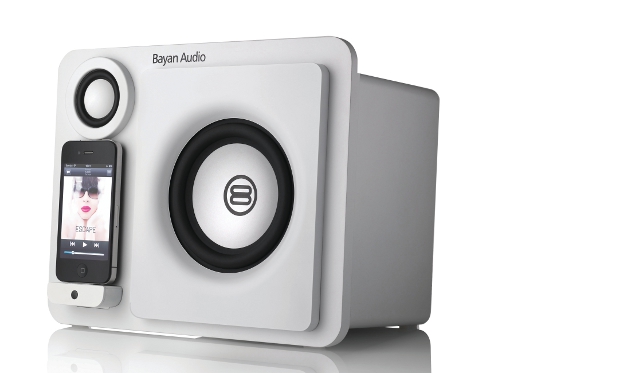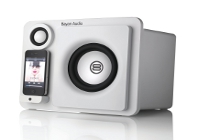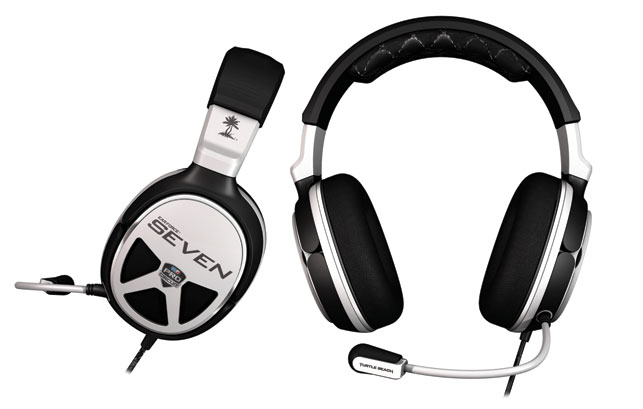Shell shocked

Turtle Beach has made a name for itself as a top designer of premium audio headsets video gamers, including the professional Major League Gaming (MLG) championship.
Its latest Seven series features Dolby 5.1 Surround Sound and a fully programmable digital signal processor to allow gamers to enhance and personalise the entire audio experience.
Gamers can now also customise the look and feel of the XP Seven thanks to its removable microphone and interchangeable speaker plates.
“We wanted to build a comfortable, durable, and great sounding headset. One that would be very useable by all ages and would hold up for the players at MLG events,” says Richard Kulavik, chief technical officer at Turtle Beach.
“These headsets get tossed around a lot, so durability is key, and we didn’t want to compromise the overall sound quality as we made it look good. Often you trade off outside appearance for the sound quality, but with SEVEN we really tried to maximise both.”
Starting with 2D concept sketches to formulate ideas of how they will look on someone’s head, before being modelled in Pro/Engineer and fitting all the internals.
Physical models play a very important part in the process. “While we can’t get the strength or feel with a rapid prototype, we can get an idea of how it will look on someone and a general feel for the geometry and position as it would be on someone’s head.”
While trying to simulate most of the process, comfort is something that a machine cannot tell the design team. “Comfort is a variable that just has to be put on your head and determined.”
Wireless wonder

Looking like a shining monolith to bass, this sub-woofer from Sonos is a wireless wonder waiting to shake a few walls.
The key feature of the Sonos Sub sound is the placing of two opposing, face-to-face speakers, which allows the wide reaching sound from the central opening.
By placing them in this position it means all the sound and energy from the music comes through loud and clear, with little of it lost in cabinet buzz or rattle.
Inside the casing are also packed two Class-D digital amplifiers to power the all-digital sound, creating the rumbling bass.
Designed using an array of 3D design tools including Pro/Engineer and some proprietary software, the cross-function industrial design team begin with an array of sketched ideas, before modelling these and rendering them in Keyshot to narrow down the designs.
The remaining iterations are then produced as foam models, before a further selection are turned into accurate cosmetic models, before the final design is chosen.
A detailing phase leverages Pro/Engineer and 3D printing to work on tiny details and nuances within the design.
Designed to be compliment the company’s range of wireless speakers, the Sonos Sub can be placed anywhere in a room, although as far as usually drab subs go, it’s actually quite a looker with its piano-black finish.
Dock of the day

The distinctive range of speaker docks from Bayan Audio catch the attention of both the eyes and ears.
“We wanted to design the product to look different but not for the sake of it,” says Prash Vadgama, president at Bayan Audio “This was partly achieved during the materials choices and partly done by using white instead of black, like most other products in this category.”
The product range was developed in CAD working primarily in Solidworks and Pro/Engineer.
Basic prototypes were used to determine the physical footprint and scale with more detailed SLA models produced to fully test the product range before tooling began for production.
Mathematical acoustic simulation was used to predict the audio properties of the products during the design process.
Now hear this: the very lastest in sound design
Default






